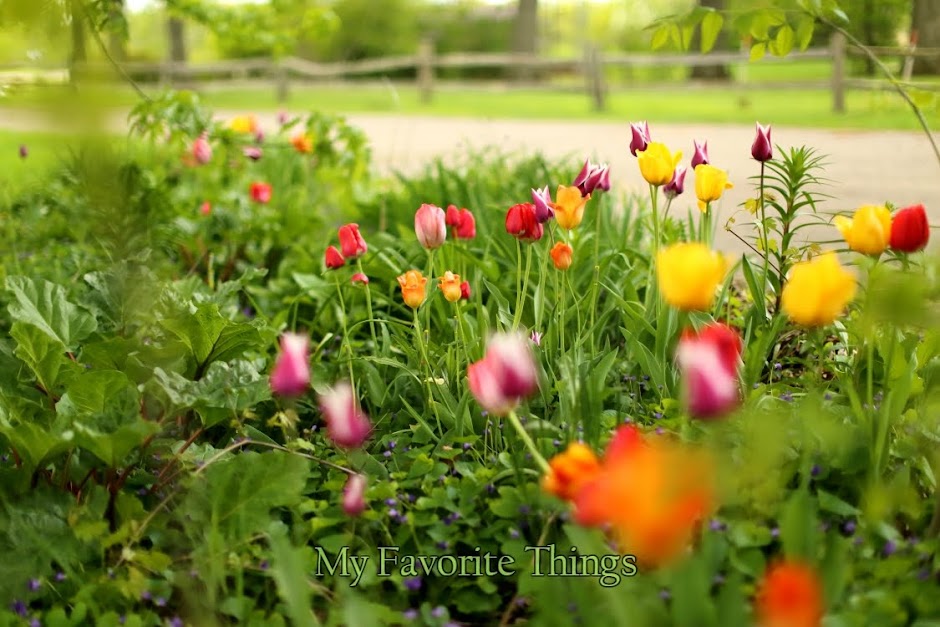This year, I picked up a four-pack of heirloom Jubilee tomato plants, among other plants. I planted it along with a variety of other tomato plants in the ground, such as San Marzano and Celebrity. I also have Black Prince, a Beefsteak, and some unknown self-seeded random tomato plants, all planted in pots. By early July, the in-ground plants were all doing great: growing tall, setting flowers, and some even had little green fruit. But I then noticed that my Jubilee tomato plants were wilting and getting yellow leaves on certain part of the plants, but the other in-ground tomato plants were doing fine.
After several days of noticing the sudden changes in my Jubilee tomato plants, I thought back to what had happened the previous year. I had planted some tomato plants in that same area last year, which was also the first time I'd gardened in that area. I remember some of my tomato plants not doing well, but I assumed it was because the soil wasn't amended and the plants hadn't been given enough water. They also exhibited some yellowing leaves and wilting.
So, I went online and did some research. I've since come to the conclusion that my soil has a fungus that causes yellowing and wilting of the tomatoes.
(Read more about wilting funguses here.) I'm not one hundred percent sure, but I think my tomatoes are suffering from fusarium wilt, not verticillium wilt (although, the two have similar symptoms.) The main difference, I think, is that fusarium wilt causes the plants to wilt in one particular area of the plant and them moves up the plant. Verticillium wilt attacks the plant all at once, causing it to wilt altogether. There are other differences too, but the yellowing of leaves is most easily observed and to detect which wilt is affecting the tomato plants.
There's a possibility that the fungus will always be there in that area of the soil, even if I do rotate the crops growing in that area. The easiest solution will be to plant plants that are resistant to the fungus. That would explain why the San Marzano and Celebrity tomato plants are doing well (as both are resistant varieties), but the Jubilee didn't. Now that I know, I'm looking into tomato plants resistant to the fungus, among others. If I want to plant any tomato variety that isn't resistant to wilt (like Jubilee), I'm going to have to plant it in containers.
I've since ripped out two of the four tomato plants and left two in. I think I'm going to harvest several tomatoes from the plants, then will get rid of the plants. I'm so sad that I've lost two really beautiful tomato plants, but it's a learning lesson and I'm definitely getting to know more about my soil.
Have you experienced the heartache that is fusarium wilt or verticillium wilt?









